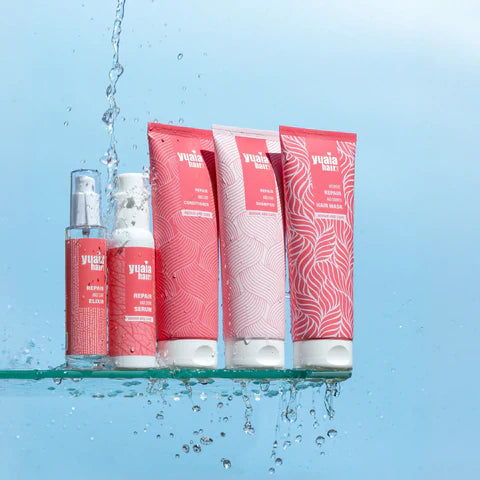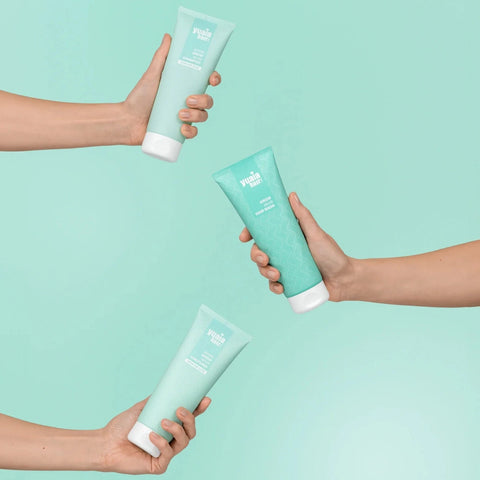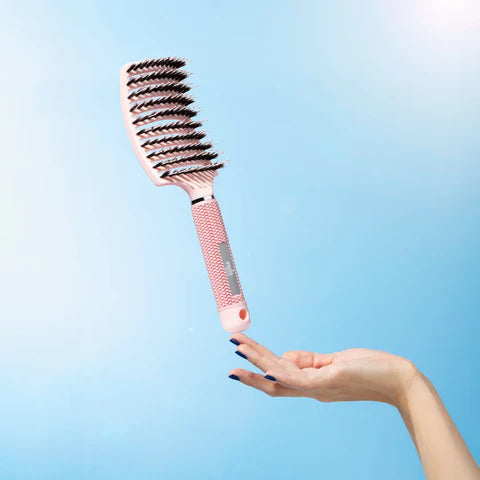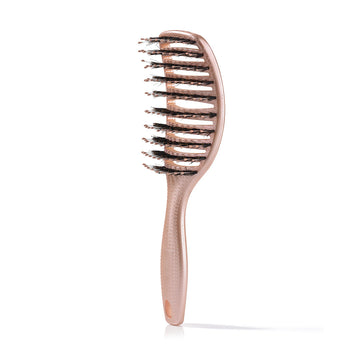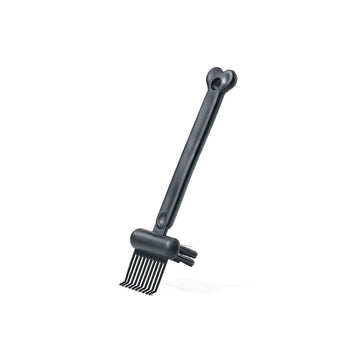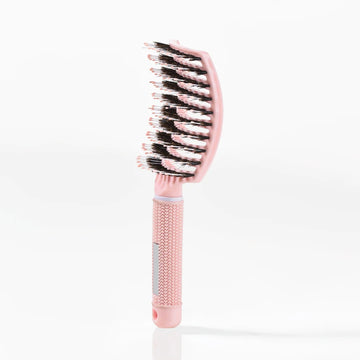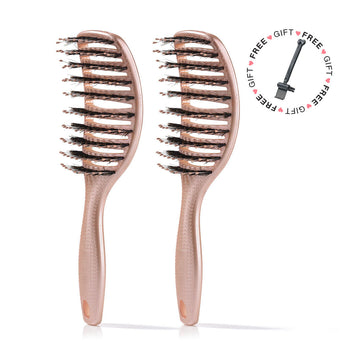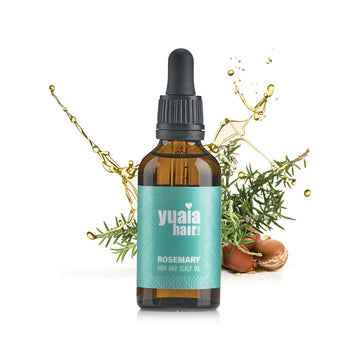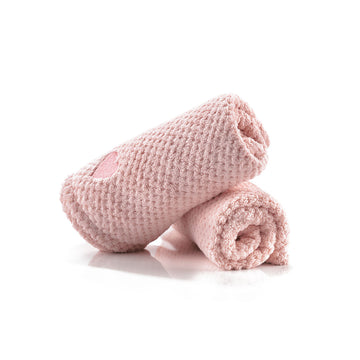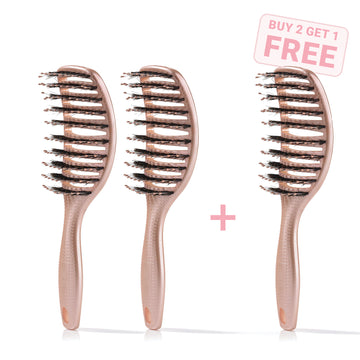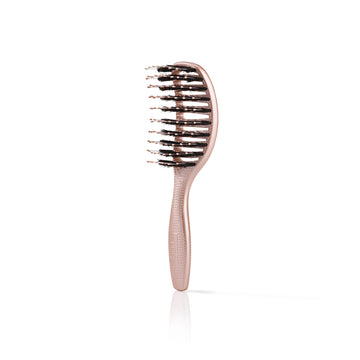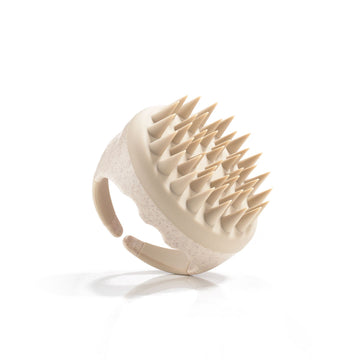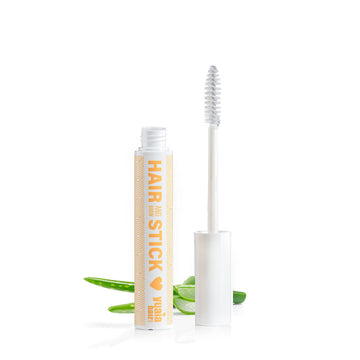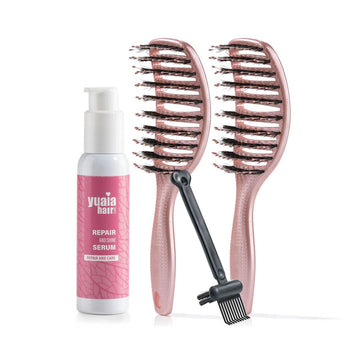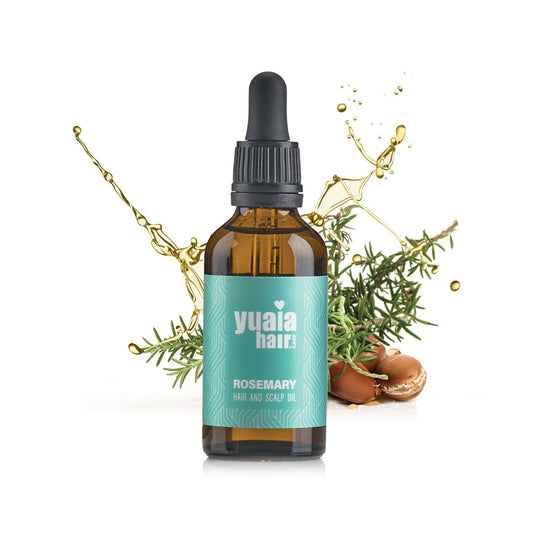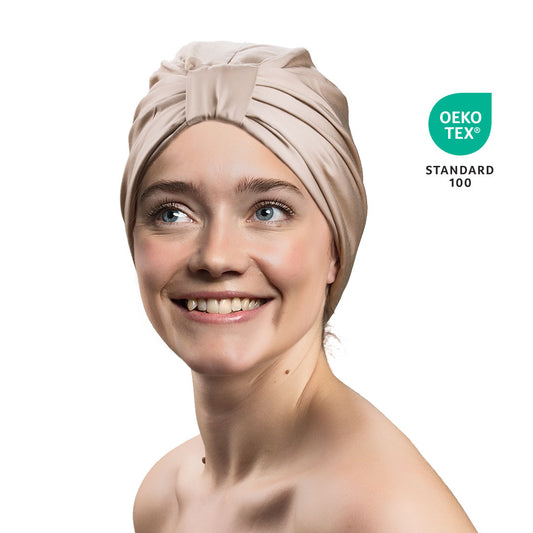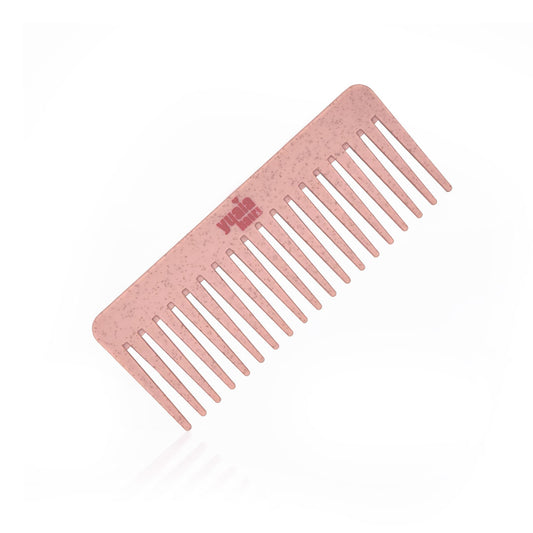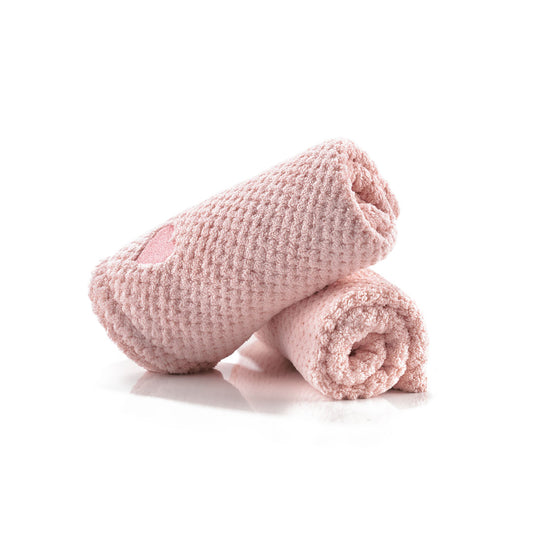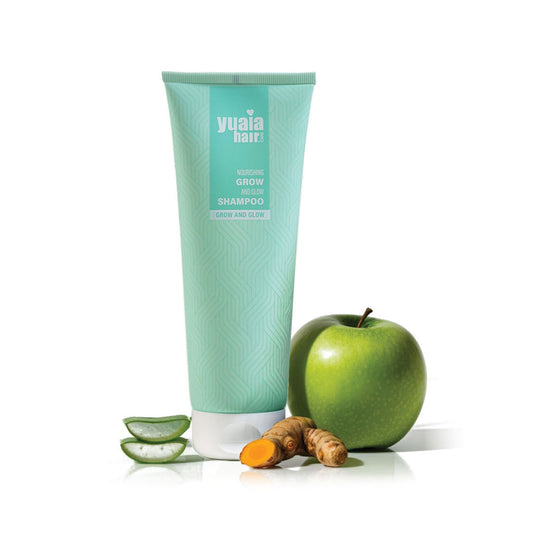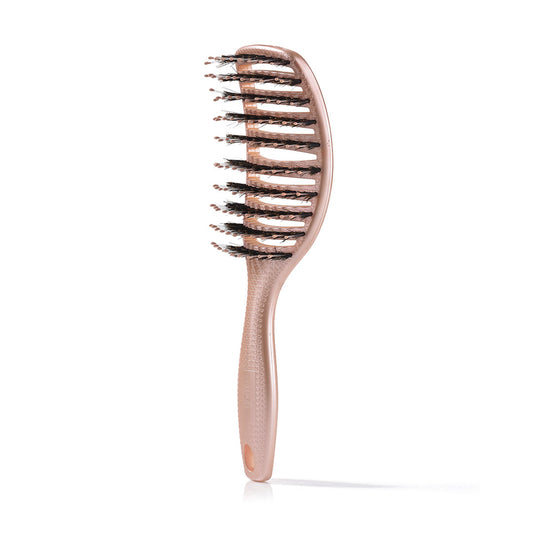
Remedial techniques: Safely detangling hair
Even with the best preventive measures, some tangling may still occur overnight. Implementing a gentle detangling routine can help minimize breakage and maintain hair health. Start by using your fingers or a wide-toothed comb to gently work through tangles. Begin at the ends of your hair and gradually move upward to reduce stress on the scalp and minimize breakage.
Sectioning for simplicity
Dividing your hair into smaller sections before detangling can make the process more manageable. By focusing on one section at a time, you can localize tangles and prevent them from spreading. This approach is particularly useful for thicker or curly hair, where tangles can become more complex.
Avoiding wet hair at night
Sleeping with wet hair can lead to increased friction and tangling. If you prefer to wash your hair in the evening, consider using a microfiber towel to gently pat it dry before bed. This material is softer on hair and helps reduce moisture-related friction, allowing for a smoother morning routine.
Hydration and tools: Enhancing overnight care
Maintaining hydration is key to preventing tangles. Using a hydrating spray or lightly spritzing your hair with water can keep it manageable and reduce knots. Additionally, selecting the right products is essential. Opt for sulfate-free shampoos and conditioners, such as our Grow and Glow shampoo, which help maintain moisture without stripping natural oils.
Brushing techniques
Incorporating the right brushing techniques can significantly impact your hair's health. Using a boar bristle brush, like our Curvy Brush, can help distribute natural oils throughout your hair, reducing tangles and promoting a healthy shine. Always brush gently, starting from the ends and working your way up to avoid unnecessary stress on your hair.
By integrating these remedial techniques into your hair care routine, you can effectively manage tangles and maintain healthier hair overnight.
Additional tips for tangle-free mornings
Achieving smooth, tangle-free hair in the morning requires more than just a good night's sleep. By adopting a consistent hair care routine and making informed choices, you can ensure your hair remains manageable and healthy.
Consistent hair care routine
Maintaining a consistent routine is essential for preventing tangles. Regular trims help eliminate split ends, which can contribute to knotting. Additionally, incorporating deep conditioning treatments into your routine can provide your hair with the necessary nutrients and moisture to remain smooth and resilient.
Adaptation for different hair types
Understanding your hair type is key to tailoring your detangling routine. For those with curly or textured hair, using a product like our Twirl and Curl curly cream can enhance curl definition and reduce tangles. For straight hair, a lightweight leave-in conditioner can provide the necessary slip without weighing hair down.
Frequently asked questions
What are the best protective styles for different hair types?
Protective styles vary depending on hair type. For straight hair, loose braids or a bun can minimize tangles. Curly hair benefits from the pineapple method, while textured hair can be protected with twists or braids.
How often should I moisturize my hair before bed?
The frequency of moisturizing depends on your hair's needs. Generally, moisturizing every night can be beneficial, especially for dry or curly hair. However, those with fine hair may prefer every other night to avoid product buildup.
Is it necessary to use a specific type of pillowcase?
Yes, using a bamboo pillowcase can significantly benefit your hair. Bamboo pillowcases reduce friction, helping to keep hair smooth and minimize tangles compared to cotton alternatives.
 2-5 day delivery
2-5 day delivery
 25.000+ satisfied customers
25.000+ satisfied customers
 Satisfaction Guarantee
Satisfaction Guarantee



